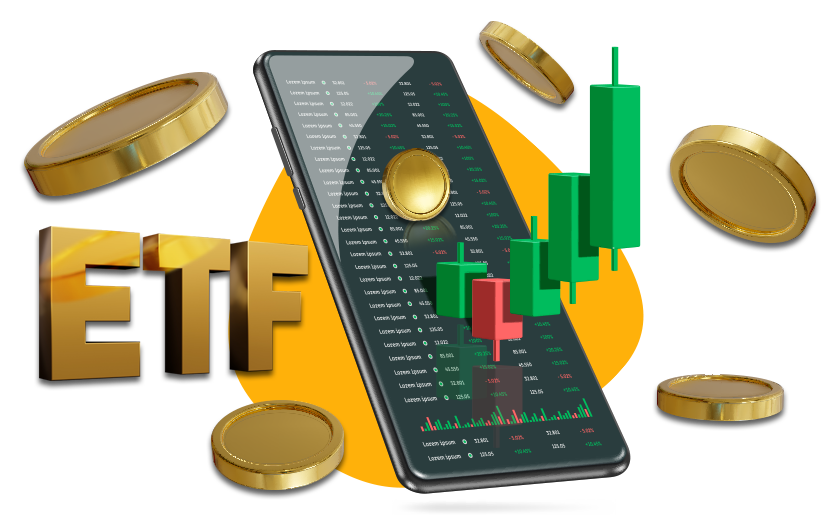Get our app!
DownloadETFs (Exchange Traded Funds)

Exchange Traded Funds (ETFs) began trading in 1993. There are now over 5,000 ETFs available around the world with $3 trillion in assets under management. ETF is a type of investment fund and exchange-traded product that you can trade to track a sector, an index, stocks from a specific country including mining, energy, technology, health care, real estate and more providing the advantage of diverse, flexible & low-cost ETFs trading. In this way, traders can gain broad exposure to the overall sector within an industry at a much lower cost in just a single transaction. What we offer are contracts-for-difference (CFDs) on ETFs. In trading CFDs, you’re not purchasing or selling your stake in an ETF on a particular exchange. Rather, you’re expressing a view on the underlying price of the ETF. Trade CFDs on the most popular Exchange Traded Funds (ETFs) like SPDR S&P 500 and SPDR Gold Trust at FXORO Global.
FACTORS OF CFDS ON ETFS TRADING:
•Risk management through diversification
•ETFs exist that focus on targeted industries
•Increased transparency
In order to view the list of ETFs, you can trade with FXORO Global, please click here.
Safe: With all the confidence that a regulated company can give, you can trade on cryptocurrency CFDs at the best of your capabilities.
You should be aware that trading leveraged products such as CFDs can result in the loss of your funds therefore you should only speculate with money that you can afford to lose. Please ensure you fully understand the risks involved, seeking independent advice, if necessary, prior to entering into such transactions. Please click here to read our full Risk Disclosure.
Simple & Intuitive Platform
Competitive Spreads
Authorised and Regulated
Online Support
Trading is risky.
| Shares | Sell | Buy |
|---|---|---|
|
EURUSD
-0.10%
|
1.17098
|
1.17100
|
|
GOLD
+0.03%
|
4339.48
|
4339.91
|
|
OIL
-0.26%
|
56.55
|
56.59
|
|
GER40
+1.60%
|
24442.50
|
24447.50
|
| Shares | Sell | Buy |
|---|---|---|
|
EURUSD
-0.10%
|
1.17098
|
1.17100
|
|
GBPUSD
-0.04%
|
1.33741
|
1.33741
|
|
EURGBP
-0.02%
|
0.87560
|
0.87560
|
|
USDJPY
+1.39%
|
157.692
|
157.693
|
|
USDCAD
+0.20%
|
1.37996
|
1.37999
|
| Shares | Sell | Buy |
|---|---|---|
|
NAS100
+2.48%
|
25576.50
|
25578.00
|
|
GER40
+1.60%
|
24442.50
|
24447.50
|
|
US30
+0.37%
|
48465.50
|
48469.50
|
|
US500
+1.45%
|
6886.88
|
6888.38
|
| Shares | Sell | Buy |
|---|---|---|
|
GOLD
+0.03%
|
4339.48
|
4339.91
|
|
OIL
-0.26%
|
56.55
|
56.59
|
|
NGAS
-3.84%
|
3.676
|
3.694
|
|
COPP
+1.16%
|
5.4118
|
5.4158
|
|
COFF
-1.64%
|
341.03
|
341.58
|
